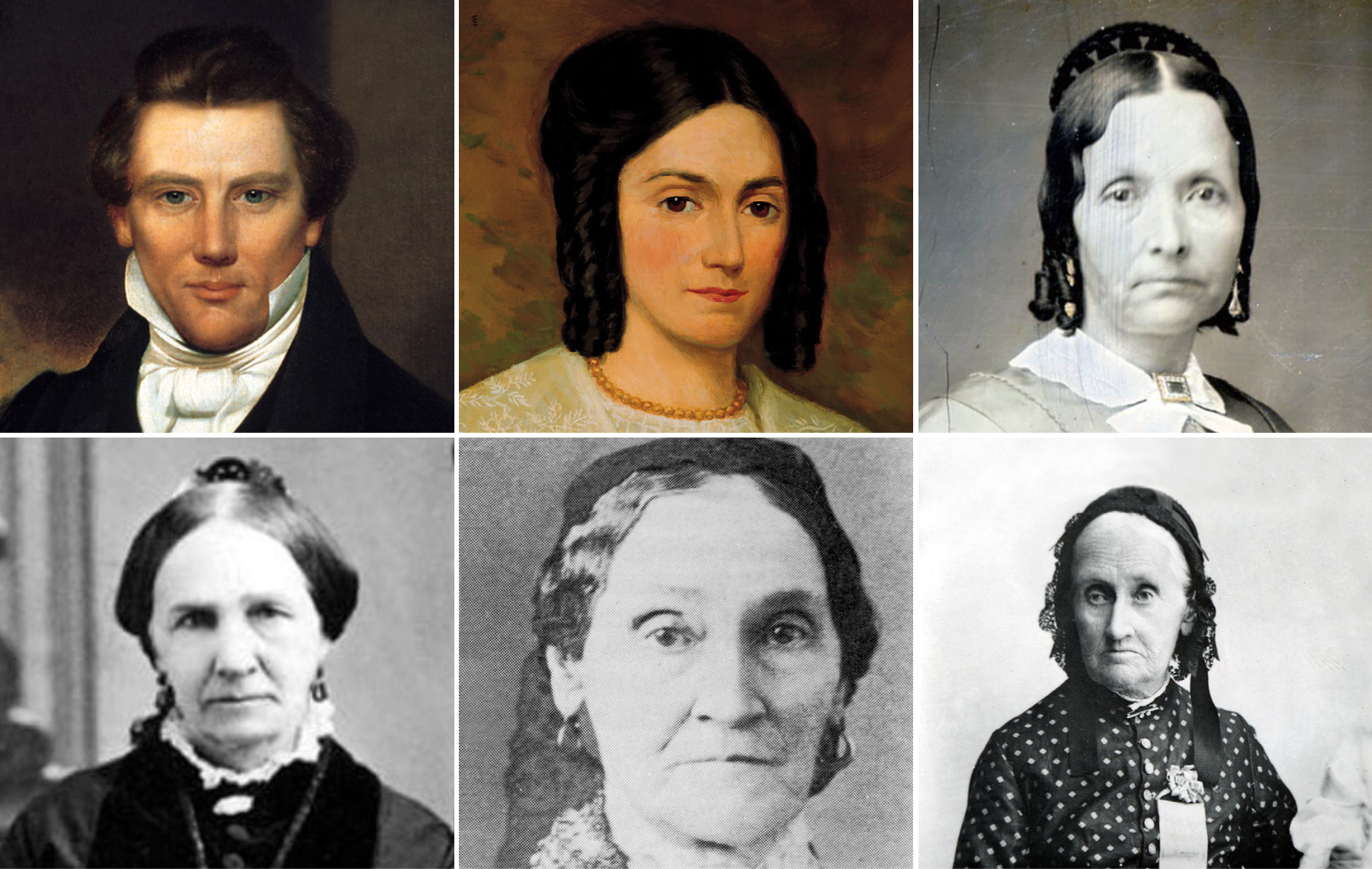Joseph Smith played a crucial part in the development of Mormonism. Joseph Smith was the Founder of The Church of Jesus Christ of Latter-day Saints. His polygamy, and the relationships he shared with several wives, have been the subject of a lot of attention and debate. This article will provide a deeper understanding of Joseph Smith’s polygamous relationship as well as analyzing his wives’ ages, as well as giving a historical context for better understanding this tangled aspect of Mormon time.

Joseph Smith and the Practice of Polygamy
Joseph Smith practiced Polygamy. This meant he had multiple wives simultaneously. The precise number of wives he had was subject to debate which ranges from 30 to 40 wives. A few of them were secretly married while others were publicly known. The practice of polygamy remained controversial and is hard to reconcile in the present with traditional values.
Joseph Smith’s Wives: A Diverse Group
Joseph Smith’s wives come from a variety of backgrounds and different circumstances. Many of them were married while other were still young. Women like Emma Hale Smith were among them, as were Fanny Alger and Sarah Ann Whitney. Helen Mar Kimball was also one of the women. The reasons and experiences behind their marriages with Joseph Smith vary, reflecting the complexities that polygamy relationships were in the time.
Joseph Smith’s Wives: A Stiff Theme
One of the aspects of Joseph Smith’s polygamy that draws a lot of attention is the age of his wives. Historical records indicate that some of Joseph Smith wives were young, with ages ranging from mid-teens to early twenties. Helen Mar Kimball for instance, was sealed at 14 when she married Joseph Smith. It’s important to note that the practice of marriage for young women was more common during the 19th century, and societal norms were different in comparison to today.
Understanding the Historical Context
To understand Joseph Smith’s polygamy and the age of his wives it is essential to take into consideration the cultural and historical background of the 19th century. The life expectancy at that period was lower and people often married earlier than what is acceptable in modern society. Economic and social aspects, along with religious beliefs, influenced the way that couples were married. But, it’s equally crucial to critically analyze and question the past from an ethical perspective.
Joseph Smith’s Polygamy and Modern Perspectives
In the present it is commonplace to see polygamy as a practice that is typically viewed as incompatible with current social and legal practices. In a contemporary perspective, the age at which Joseph Smith’s spouse were married is troubling as it challenges our notions of consent and the age of marriage. It is vital to examine historical narratives in a discerning and nuanced manner, keeping in mind the ever-changing society’s values and standards.
The final sentence of the article is:
Joseph Smith’s polygamy practice and his relationship with several wives, including the ages of some wives are still significant subjects of discussion and debate in the context of Mormon theology. Understanding this particular aspect of Mormon history requires a nuanced approach, taking into consideration the historical and cultural context of the 19th century and being aware of the contemporary perspective. Engaging in a dialogue and critical analysis is vital in understanding the complexities of Joseph Smith and the impact that it been able to have on the Mormon community. To understand the full scope of the polygamy practiced by Joseph Smith, it is necessary examine a variety of historical perspectives and sources for a well-rounded picture of this tangled aspect of Mormonism.